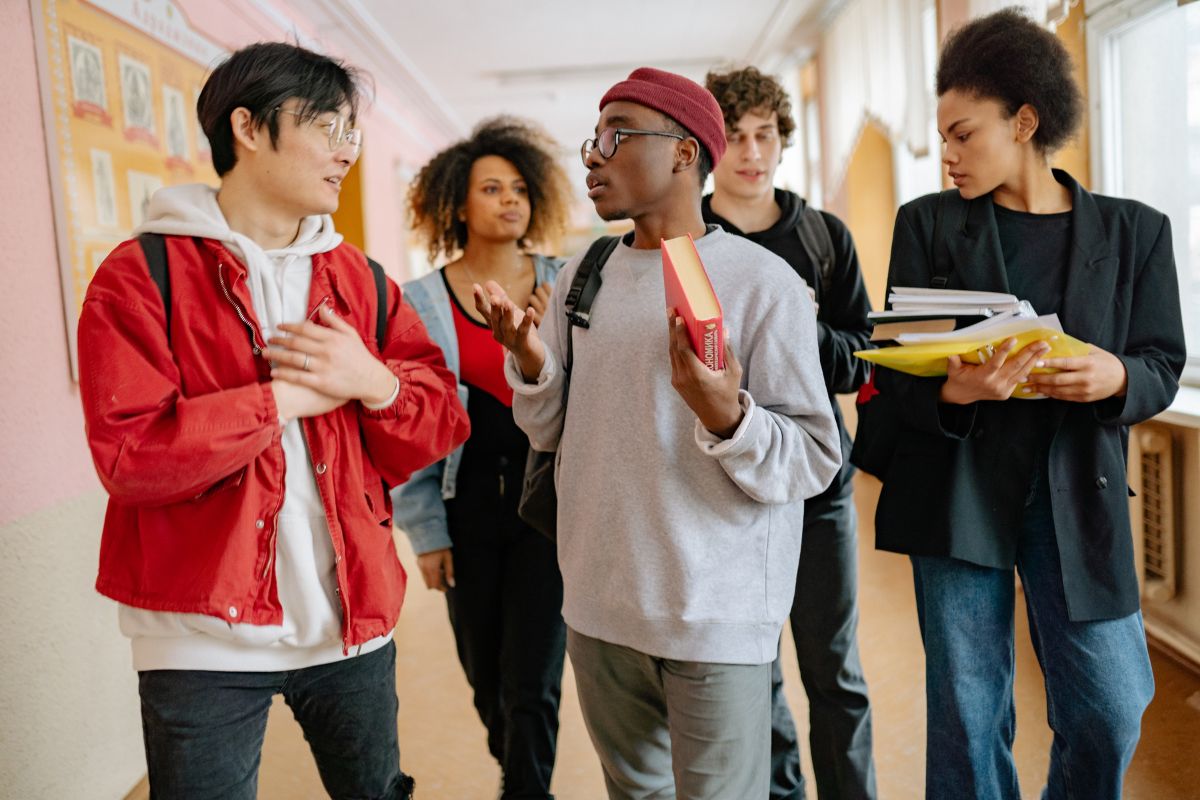Enhance Digital Teaching Platform reaches 40 module milestone

Since its launch at the Bett show at the end of January, the ETF’s new Enhance Digital Teaching Platform has come a long way. Those present at that preview session will recall we demonstrated just a handful of modules that day.
Today (1 Apr), funded by the Department for Education, there are forty modules available and we are pleased to say that they are being well-used and favourably appraised. The modules cover a really wide range of subjects to help you embed digital technologies in your delivery. They include using virtual and immersive reality to engage learners, designing mobile-friendly learning, using hashtags, digital problem-solving skills, and developing collaborative study skills.
In addition to the variety and quality of the content we have developed, there are many other things that recommend the platform. Each of the modules is bite-sized, making it easy and convenient to undertake them during your busy working life. They are also linked to the Digital Teaching professional Framework, to ensure that you build a portfolio of digital knowledge and skills by using them.
The modules are pitched at three different levels – exploring, adopting and leading – helping practitioners develop their skills – and a built-in algorithm makes helpful suggestions about which modules you may wish to undertake based on your previous usage. Completing the modules will help practitioners demonstrate their professional development. Crucially, the Enhance platform has been designed not to become obsolete in the way that some do, because it does not lean heavily on the use of particular products or sites that come and go, but instead concentrates on pedagogy.
I hope that the platform will help many practitioners feel more confident in their use of digital technologies because they can be a transformational force in education. Innovations that improve accessibility, such as translation software or solutions for sight problems, are becoming more prevalent. At the same time, the use of virtual or augmented reality is something that many of you will have seen in action. If you have, you will be aware of the significant promise this technology has. Its potential stretches across the curriculum. It can be used by art and design students to illustrate the processes they have gone through to produce a work, or to create immersive learning environments to teach health and safety to construction students.
While the benefits of harnessing digital technologies are clear, doing so is not always straightforward. A number of barriers to the adoption of digital technology in the sector were identified in a 2018 report for the Education and Training Foundation by Sero Consulting. It pinpointed both practical considerations – such as a lack of access to Wifi, unreliable IT infrastructure and hardware, and difficulties in accessing tools and resources – as well as a lack of staff confidence in their own digital skills.
Practical considerations can be a very real problem. In my own career I’ve worked in colleges with Wifi that could be described as erratic at best, where the signal was strong in corridors, but almost non-existent in some classrooms. I’ve seen, too, institutions invest in kit or software that is either incompatible with existing provision or that becomes obsolete very quickly. Such problems suggest issues with planning across different teams and departments and the answer to them is better coordination.
The issue of individual staff members lacking confidence in their own digital skills is a different one. If you are reading this and recognise yourself as someone who falls into the category of digitally-unsure, then I encourage you to take the plunge; acquiring these skills isn’t as foreboding as it may seem – the ETF offers a free online basic digital skills course – and your confidence will quickly grow.
Students are digitally-ready; the vast majority have digital devices with them all the time and are prepared to experiment to overcome unfamiliarity with technologies. For them, technology is an opportunity rather than a challenge. That preparedness can be leveraged, and I have seen for myself instances where something as simple as getting students involved in filming a learning experience on their phones has a massive impact on their engagement with the lesson. Their involvement can also boost a teacher’s own skills and confidence.
Facilitating, enabling and being open to learning from those you are teaching, opens up possibilities that digital technologies can help you take advantage of and that can make you a more impactful practitioner. I encourage you all to grasp the opportunities.
Vikki Liogier, Head of Learning Technologies, Education and Training Foundation












Responses